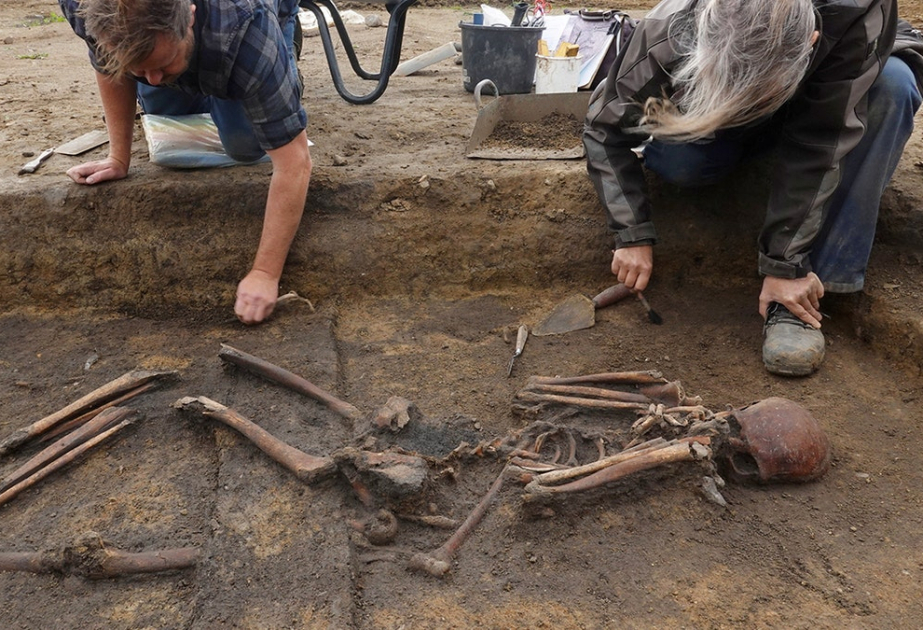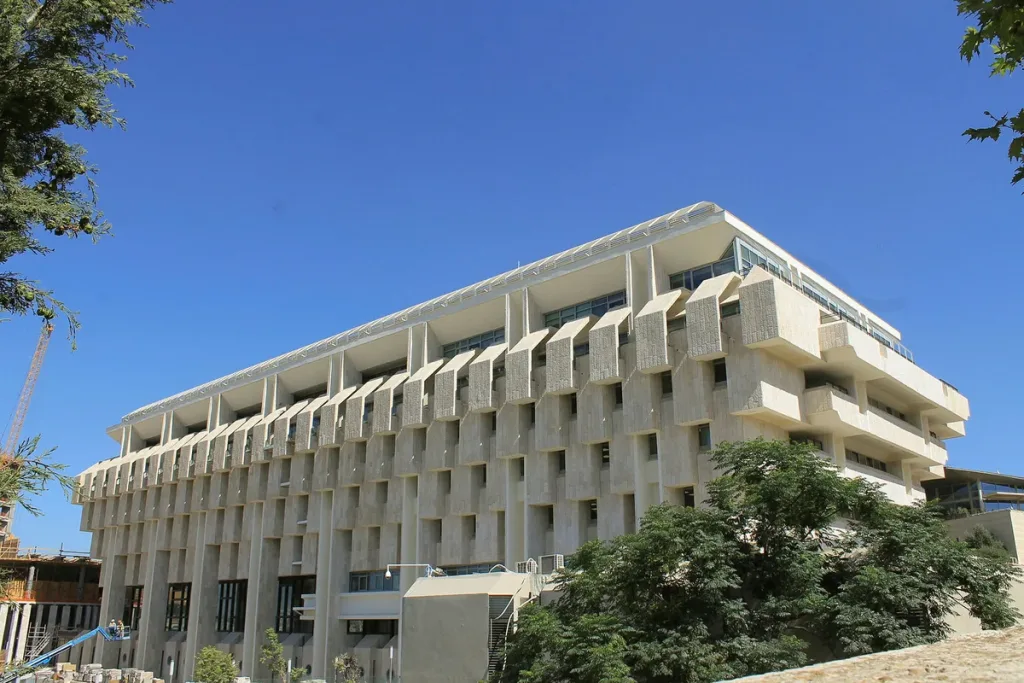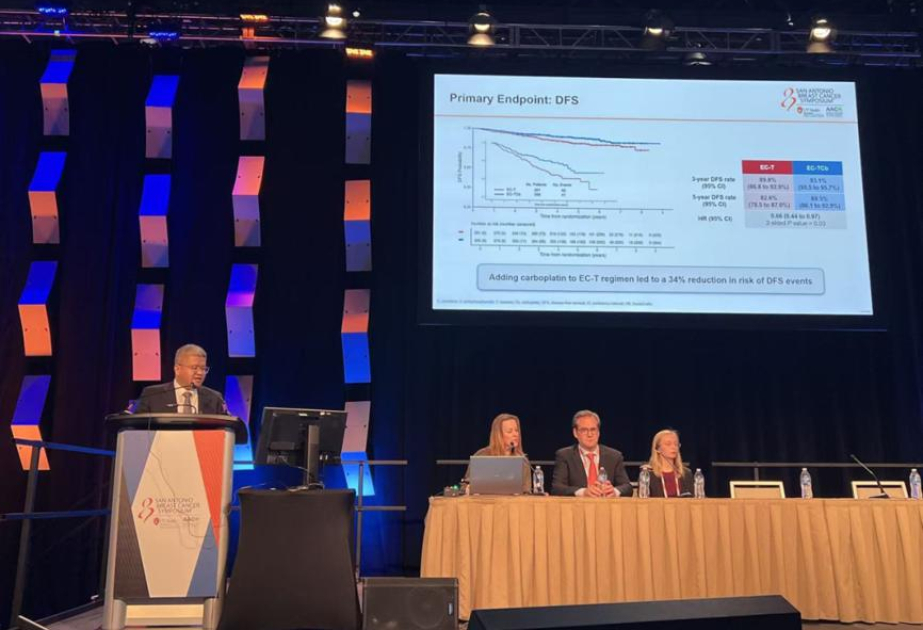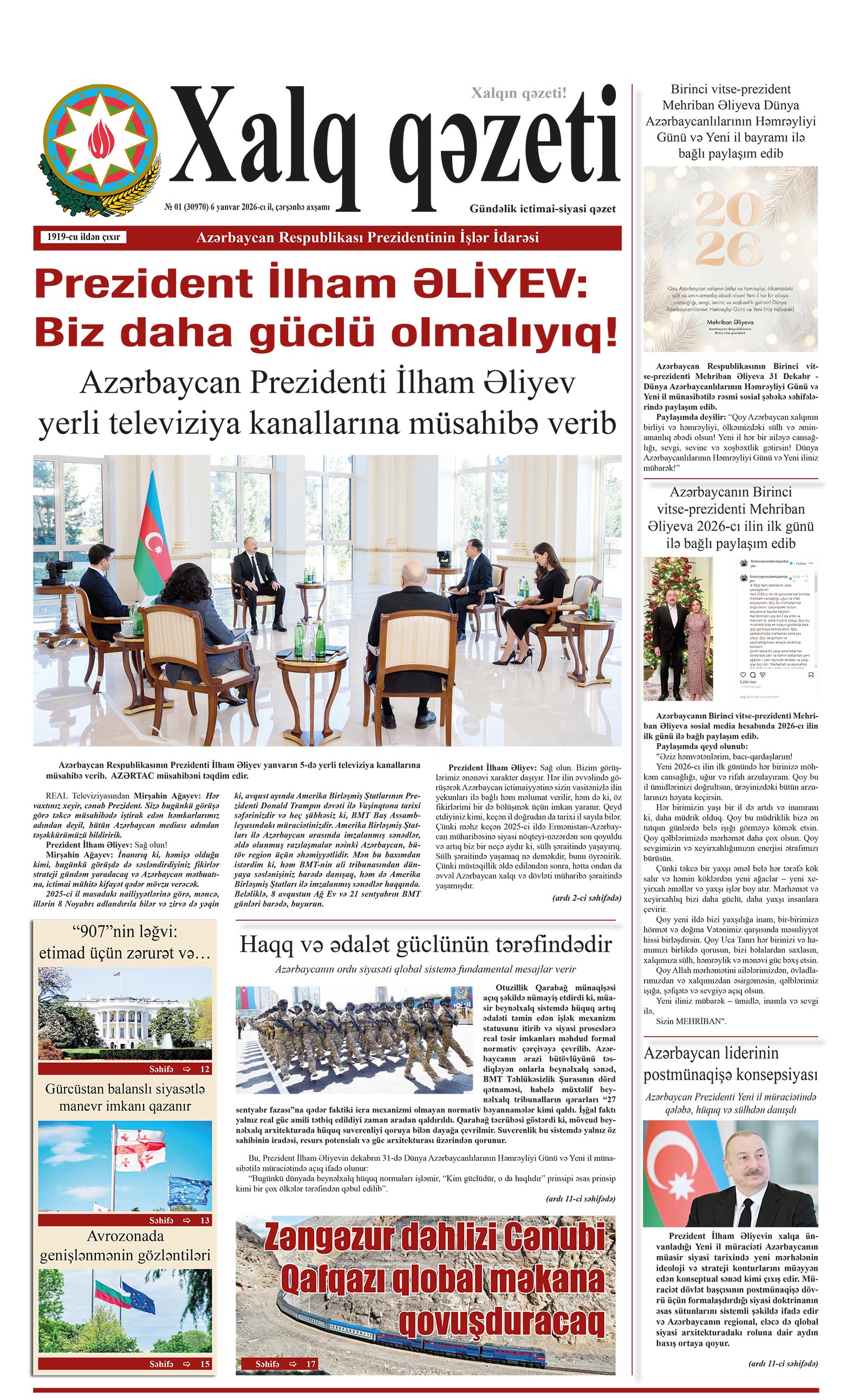Over the past six months, archaeologists from Museum Odense have uncovered more than 50 remarkably well-preserved Viking skeletons in the village of Åsum, located east of Odense in southern Denmark, according to Ancient Origins. These finds shed light on the daily lives of the people who lived in the area during the 9th century, when Gorm and Thyra reigned in Jelling, providing further evidence of the vast distances Vikings traveled to trade.
According to Michael Borre Lundø, an archaeologist and museum inspector from Museum Odense, the artifacts discovered alongside the skeletons suggest that Vikings engaged in far-reaching trade networks.
Several of the individuals buried in Åsum appear to have held high status, as indicated by the elaborate grave goods found with them. Among the most notable discoveries is a woman who was buried in what appears to be the remains of a Viking wagon, possibly one she had traveled in during her lifetime.
The woman was laid to rest with an array of personal items, including an elaborate glass bead necklace, a knife with a handle wrapped in silver wire, and an iron wrench. Interestingly, a small shard of glass—possibly used as an amulet—was also found among her belongings.
At the foot of her grave was a finely decorated wooden box, though its contents currently remain a mystery.
Another grave contained a variety of objects as well, including a small bronze three lobed brooch, a single red glass bead that likely hung around the neck of the deceased, an iron knife, and a piece of rock crystal.
The crystal is of particular interest as it is not native to Denmark and likely originated from Norway. Lundø explains that these foreign objects demonstrate the extensive trade connections Vikings maintained with distant regions.
The discovery of this burial ground also highlights the importance of Åsum during the Viking Age. Archaeologists believe that the settlement played a central role in regional development and may have been crucial to the early formation of what would eventually become the city of Odense, reports CBS News.
The burial site, which spans approximately 2,000 square meters (21527.82 square feet) on Åsum's southern outskirts, dates back to the 800-900s and includes both traditional burials and five cremation graves. Its size places it among the largest Viking burial grounds found on the island of Funen.
The exceptional preservation of the skeletons has led archaeologists to believe that they will be able to extract DNA samples for scientific analysis. This could potentially uncover whether some of the buried Vikings were related, a line of inquiry that has not been explored in previous grave discoveries, according to Borre Lundø.
This excavation was conducted as part of preparations for Energinet’s work on modernizing the local electricity grid. Through their findings, the archaeologists have gained new insights into Åsum's significance during the Viking Age, revealing its role as a pivotal location in the early urbanization of the region that would eventually grow into Odense.
Recent Viking discoveries in Denmark include the unearthing of nearly 300 silver coins, believed to be over 1,000 years old, found in 2023 near a Viking fortress site in northwestern Denmark.









.webp)







